Early Years





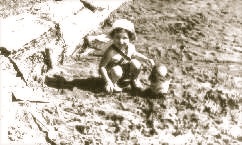
Like any kid playing with stuff, Morley Markson started as an observer and a tinkerer in objects, assemblies and causalities. Making or taking it all apart, seeing how it all works, then trying to put it all back together.
If something were missing in the house, or if extra bits and pieces were found, everybody knew who did it. But was it mischief or designer-in-training?
Photographic interests began from age 10, using darkroom of eldest brother Elliott, later to become a psychoanalyst. Learning on a Kodak box Brownie, developing the negatives, making contact prints (right) then enlargements.

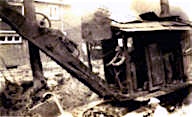
Fascinated by mirrors: in the multi-reflections of mirrored barber shop walls, in Mother’s adjustable folding mirrors (left), in the play of repeating patterns, and ultimately, in tracing reflections or causal chains all the way back to the Source. But primarily, playing with mirrors and multiple variable reflections resulted in the design of the Kaleidoscope Theatre System, Expo 67
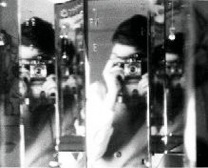
Inspired by middle brother Jerome Markson, architect, by his model airplanes and boats, here a full-size war surplus hull behind our house to be fitted with masts and sails, motor and cabin. Mr. Hildebrand used to visit it on his daily walks calling it Noah's Ark in progress. It was the talk of the neighbourhood. Once launched it was Jerome’s beginning in navigation & exploration and the start of kid brother Morley’s lifelong interest in sailing.
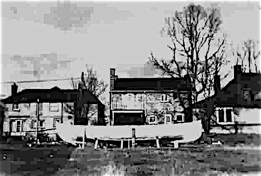
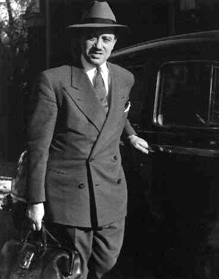
Inspired with the ethical and curative by physician father Dr. Charles Markson, diagnostician, man of science and intuition. His studies of the human body, the universe in microcosm, maintained and deepened his respect for the Creator.
Young Markson was inspired with love of mechanics and motors at Aunt Irene's summer camp watching or helping Uncle Ted fix plumbing, pumps, generators. At home, inspired by the everyday omnipresence of industrially-produced objects. Curious. Fixing the toaster, the furnace, the washing machine. Building motorized model boats, cars, planes. Bored in school, daydreaming, drawing cars, expressway networks and railway tracks while avoiding the pain of the clock's unendurable slowness, his under-utilized mind‘s many meanwhile explorations gave rise to Attention Deficit Re-order.

.... and by observing projects of students and the maestro L. Mies Van der Rohe at the IIT campus, Department of Architecture, Crown Hall, above the new location of the institute of Design in my 3rd and 4th year.
In his first two student years, the Institute of Design's workshops and studios in the old Institute of Design location, the Chicago Historical Society Building, were available 24 hours a day, and all classes were open to all interested students. The ID fostered a non-boundaried, multi-disciplinary vision, a design and visual arts approach that inspired a lifelong interest in broad-spectrum integration of work, study, images and ideas in various disciplines. The freedom to be part of many activities.
As President of the Student Government MM led a student revolt against a change in the Administration of the Institute of Design which attempted to water down the school's original Bauhaus Philosophy as instituted by by its founder, Laszlo Moholy-Nagy, where in the practise of Industrial Design for instance, as taught by the Product Design Department Head, Harold Cohen, who had a great influence on MM, one constantly questioned not only the visual and functional forms of mass-produced goods but first carefully examined their functional and social context, even questioning the desirability of having to design and manufacture more new physical solutions for human needs and problems rather than providing for them in other more creative ways: socially, conceptually, etc., and only then, technologically, into solid form.
Young portrait with old Rolleiflex

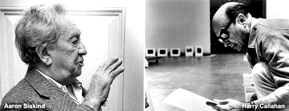
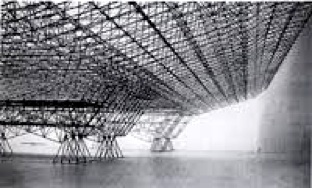
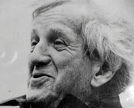
Studied at the The Institute of Design (the ID), Illinois Institute of Technology, Chicago, originated by Laszlo Moholy-Nagy (right) of Bauhaus renown. It was known for its creation of the Foundation Course for Visual and Design Arts, now taken for granted as the default first year training of eye-body-mind in modern institutions dedicated to the Arts. As well, the ID was also known for its continuing dedication to Comprehensive Design; its faculty combined and interpenetrated Visual Arts, Architecture, Design and Technology. At the ID, MM majored in Industrial Design, and pursued its other activities as well.
Early Influences: Interests in Photography were stimulated by studies with Aaron Siskind and Harry Callahan (below), and...


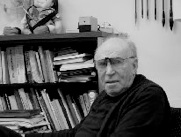
We learned how, always to question the question, the problem. These lessons stayed with MM in many areas of his endeavours.
Majoring in Product Design, Markson was awarded a Moholy-Nagy Memorial Scholarship in his third year. Upon graduation he joined Kaiser Aluminum, Chicago. He worked under Don Richter on the further development team of the Kaiser Aluminum Geodesic Dome, based on R. Buckminster Fuller's geometrical & structural principles.
Later, MM spent a year motorcycling and photographing in Europe and North Africa. Then returned to native Toronto to practise Industrial Design and Photography, and to teach Visual Fundamentals to students of Ryerson and Guelph Universities, in the Photography and Landscape Architecture departments.
Continuing with design and development of products, exhibition design, photography and audio-visual production. Toward the end of the Sixties began making films, beginning experimentally, exploring the medium, always testing and never comfortably accepting its powers of verisimilitude, challenged by its lifelike and convincing appearance comprised of many repeated fragments of illusion, tricking the eye and mind into manipulated vision.
Prof. Harold Cohen
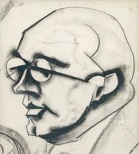

R. Buckminster Fuller